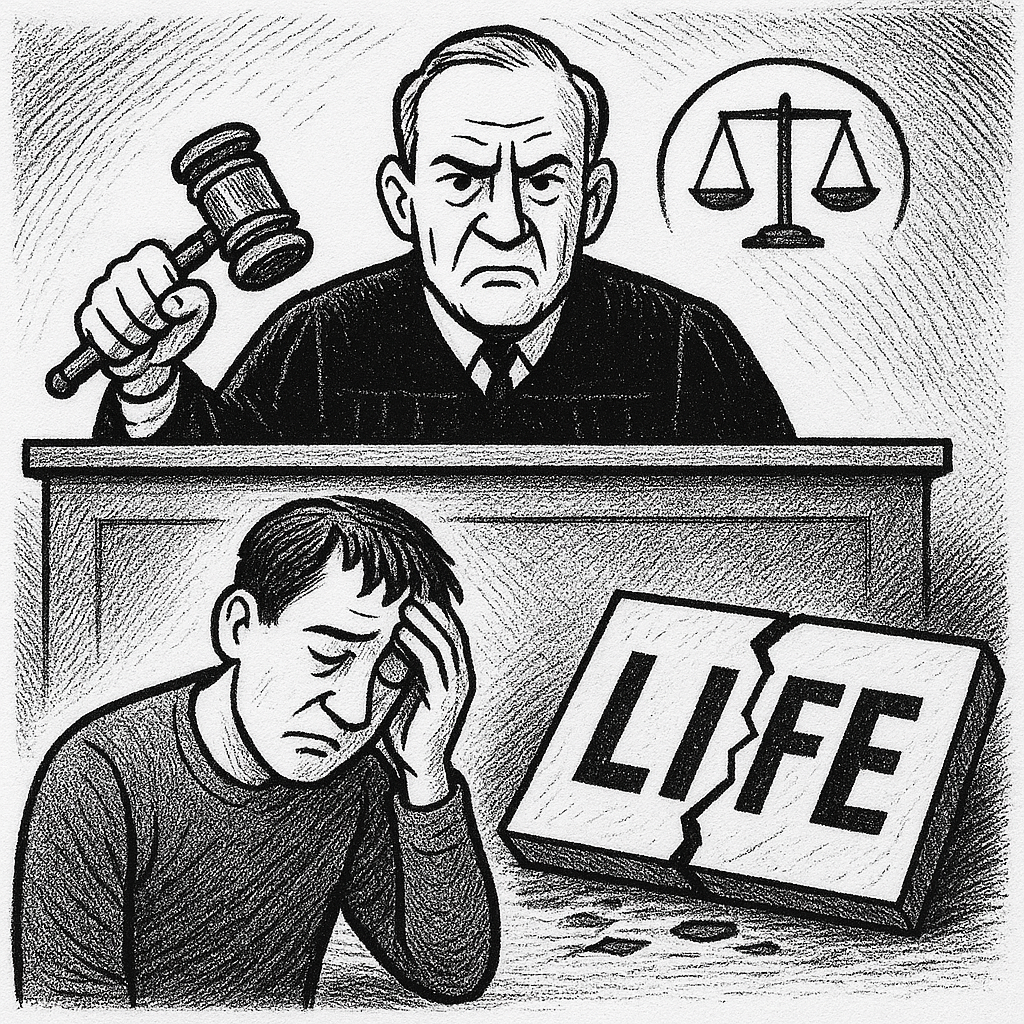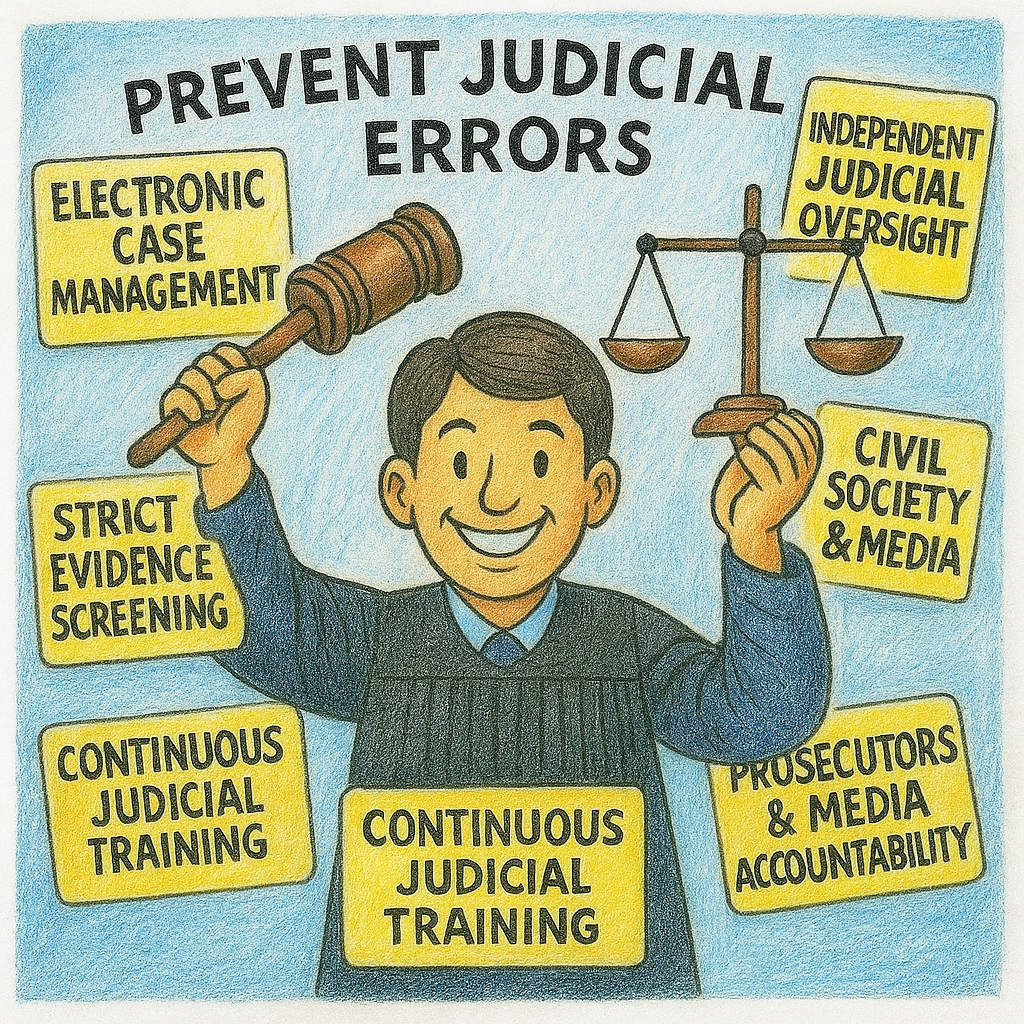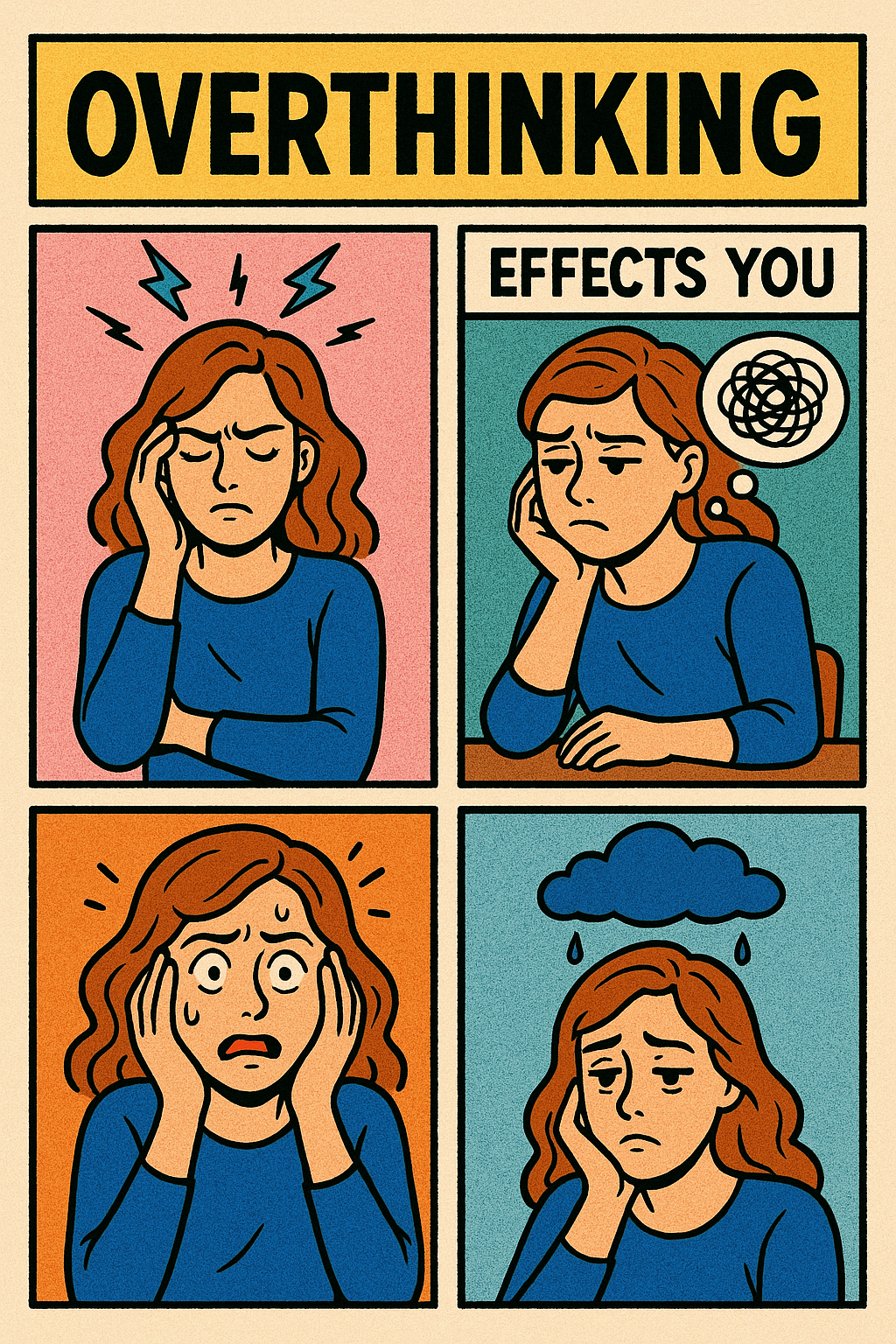Judicial errors can devastate innocent lives—emotionally, financially, and socially. Wrong judgements in courtrooms, whether from misapplied law, bias, or procedural failures, often leave scars that remain forever. Here are 6-7 real-life cases illustrating the severe consequences of judicial errors.

1. The Central Park Five
In the infamous Central Park jogger case, five teenagers—Antron McCray, Kevin Richardson, Yusef Salaam, Raymond Santana, and Korey Wise—were wrongfully convicted of assaulting a jogger in New York City. Their confessions were coerced, and concrete evidence was lacking. They spent years in prison before being exonerated when the real perpetrator confessed and DNA evidence proved their innocence. The psychological, social, and reputational damage endures, highlighting how rushed judgements and inadequate defense destroy lives.
2. Henry and Leon McCollum
Henry McCollum (19) and his brother Leon Brown (15) from North Carolina were wrongfully convicted of rape and murder in 1983. After three decades in prison, DNA evidence proved their innocence. The case exposed misconduct: coerced confessions, absence of legal counsel, and an overlooked killer. Their loss of freedom for 31 years is irreparable.
3. Duke University Lacrosse Team
Members of Duke University’s men’s lacrosse team were accused of rape in 2006. Despite the lack of evidence and subsequent dismissal of charges, the young athletes endured public vilification, media sensationalism, and interrupted careers. Some never returned to college, suffering emotional trauma that persists today—all due to a judicial system swayed by public opinion rather than facts.
4. Suzanne Johnson
Suzanne Johnson, a daycare provider in San Diego, was convicted for the death of a child in her care. Police and prosecutors ignored her account and advances in forensic science. She served 21 years in prison until new scientific evidence proved her innocence. Decades unjustly lost, financial ruin, and the pain of being separated from family exemplify how one incorrect verdict can destroy everything.
5. Paranagouda v. State of Karnataka (India)
Accused persons were convicted of dowry death and abetment to suicide. Upon appeal, India’s Supreme Court discovered lack of proper charges and evidence, acquitting some accused after they had endured the trauma of conviction. Even after judicial correction, the stigma, reputational damage, and emotional suffering cannot be erased.
6. False Rape Allegations and Judicial Bias
There are numerous accounts of men spending months or years in jail due to false rape allegations, sometimes spurred by disputes or miscommunication. Even when acquitted, the accused often endures lasting harm: loss of employment, tarnished reputation, and strained relationships. Rarely does the legal system compensate for the psychological and societal damage caused by initial wrongful detention and trial.
7. Dowry and Domestic Violence Cases (India)
India’s Section 498-A was designed to protect women from domestic violence and dowry harassment. However, several cases have shown its misuse, resulting in the wrongful incarceration of innocent men and their families. Courts have recognized and modified earlier judgements, but for those acquitted, the damage—social ostracism and emotional suffering—remains.
Conclusion
Wrong judgements by the judiciary are far from mere technical errors—they represent traumatic turning points that can erase years of life, ruin careers, devastate families, and inflict permanent psychological wounds. Each example above serves as a stark reminder of the immense responsibility that judges bear and the urgent need for vigilance, fairness, and thorough evidence assessment in legal proceedings. Justice delayed may be justice denied, but justice miscarried can be a lifelong curse.
If you or someone you know faces a wrongful accusation, remember: robust legal representation, public support, and new scientific advances can turn the tide. But even then, the scars of a wrong judgement may never truly fade.
Justice, at its heart, must be about truth—and every life deserves its diligent pursuit.
What measures can prevent judicial errors from causing lifelong harm
Several effective measures can help prevent judicial errors from causing lifelong harm:

Key Measures to Prevent Judicial Errors
- Independent Judicial Oversight Body: Establishing an impartial committee of retired judges and legal experts can ensure credible investigations into judicial misconduct and provide a robust accountability mechanism.
- Transparent Judicial Processes: Mandating public disclosure of judicial assets and liabilities, and revamping the complaint and impeachment procedures, improves transparency and deters corruption or misconduct.
- Appeal Systems and Reviews: Implementing efficient appeal systems allows for the correction of judicial errors, giving wronged parties a fair chance to seek redress.
- Strict Evidence Screening: Courts should scrutinize evidence closely, especially witness testimonies and forensic science, to minimize errors caused by unreliable or invalid inputs.
- Continuous Judicial Training: Regular training for judges in ethics, updated legal standards, and handling complex evidence can raise professionalism and reduce unintentional mistakes.
- Prosecutorial and Police Accountability: Strong oversight and pretrial reforms require prosecutors to share favorable evidence and reduce reliance on questionable informant testimony or coerced pleas.
- Civil Society and Media Involvement: Encouraging civil society organizations and journalists to monitor judicial processes and report irregularities promotes public scrutiny and keeps the system honest.
- Electronic Case Management: Digital allocation and tracking systems help prevent biased case assignments and allow for transparency in judicial proceedings.
Taking these steps strengthens judicial integrity, ensures fair legal processes, and reduces the risk that errors will wreak lifelong havoc on innocent individuals.


